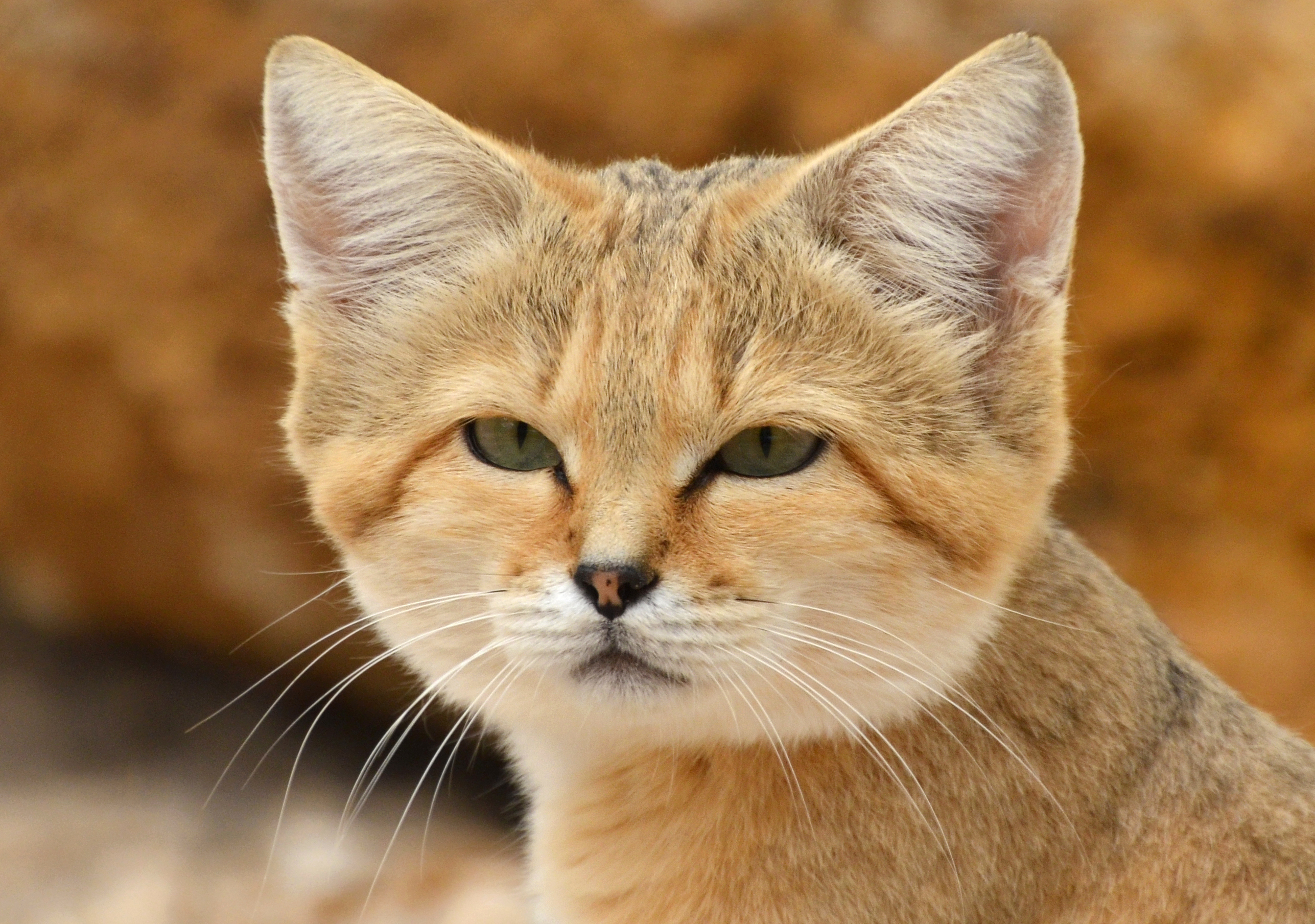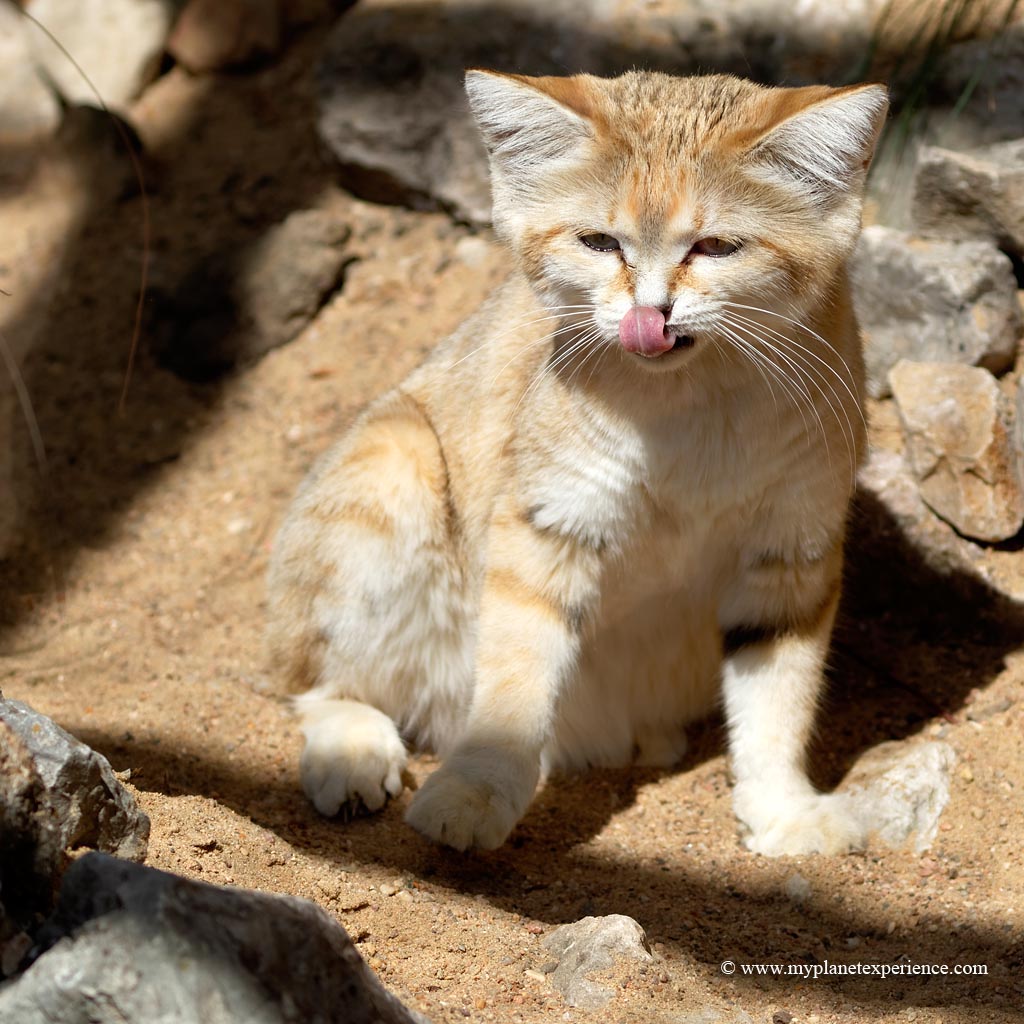Sand Cat Habitat And Food

With its sandy to light grey fur it is well camouflaged in a desert environment.
Sand cat habitat and food. Their home range may be to up to 16km2 62mi2. They are able to survive for months on the water in their foodAfter a 59 68 day gestation usually 3-4 kittens are born twice per year in a. The sand cat of North Africa and the Middle East survives in a land with very little water by hunting at night and sleeping and keeping cool during the day.
The sand cat also known as the sand dune cat is a small wild cat that inhabits sandy and stony deserts far from water sources. Its diet consists of small rodents insects birds lizards and snakes. The Sand Cat Felis margarita Loche 1996 Communication Channels.
The Sand cat hides leftover food in the sand. The sand cat hunts animals to eat prey at night when it is cooler. It mainly inhabits largely the deserts of northern Africa.
These also kill sand cats. Vulnerable arid ecosystems are being rapidly degraded by human settlement and activity especially livestock grazing Allan and Warren 1993 Al-Sharhan et al. The long legs of the stately serval allow it to make spectacular leaps into the air to catch birds in flight.
The study animal was a single captive born adult sand cat male in Parken Zoo in Eskilstuna Sweden. The Sand Cat primarily occupies sandy deserts but has also been recorded in stony and rocky deserts. The magnificent Arabian Sand Cat appears to have a widespread though disjointed distribution.
Habitat degradation is the major threat to the sand cat. Arabian Sand Cat Distribution Habitat and Ecology. The rare vascular plants that characterise sandy habitats and which will come to benefit from the Sand Life measures include sea holly wild thyme dwarf everlast.


















